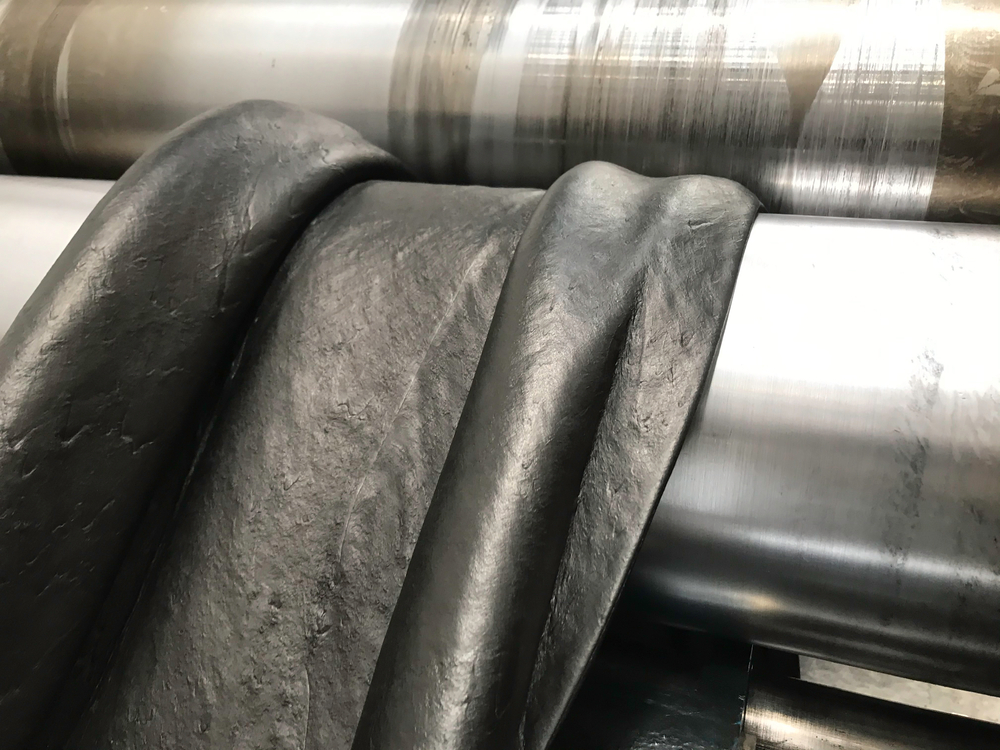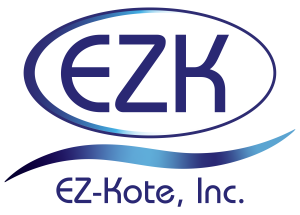
EZ-Kote provides a 21st-century solution for rubber anti-tack applications with our environmentally friendly water-based formulas.
We utilize state-of-the-art, semi-permanent, water-based technology that does better than traditional substances.
Today, we’re going to answer frequently asked questions about rubber anti-tack agents.
What is an anti-tack agent?
An anti-tack agent prevents the tackiness of various forms during a manufacturing process.
For example, sheets of rubber move along a conveyor system and go through an extruder ahead of shaping into tires. Soon after the rubber starts at the front of the line, machinery takes the rubber into a dip tank with a solution that coats both sides of the material evenly. The anti-tack agent prevents the rubber from sticking to itself and to machinery as it goes through the conveyor system.
What are some common anti-tack agents?
Minerals such as talc, mica, clay, and calcium carbonate were used as anti-tack agents in the rubber industry for decades. They still have some uses today.
Modern anti-tack agents can be precisely formulated to meet specific requirements for temperature, melting point, and other physical properties.
Stearates are commonly used today. They are formed by mixing a mineral with stearic acid to raise the melting point of the solid. You’ll find zinc stearate, magnesium stearate, and calcium stearate on the market today.
What types of substances are anti-tack agents used for?
Anti-tack agents generally work for rubber and certain plastic polymers.
You’ll probably need an anti-tack agent if you manufacture:
- Natural rubber
- Acrylic
- CPE
- CR
- SBR
- Polybutadiene
- Polyisoprene
- Chlorosulfonated PE
What applications and processes will my company need anti-tack agents for?
If you work with various processes, you might need anti-tack agents to make your industrial processes more efficient with better outcomes.
Consider anti-tack agents for:
- Uncured rubber
- Tires
- Compression molding preforms
- Transfer molding
- Slabs
- Pellets
- Extrusions
- Hoses
- Profiles
- Strips for injection molding
What is the difference between anti-tack and mold release agents?
The major difference between anti-tack and mold release agents is that anti-tack agents prevent a substance from sticking to itself and other substances while mold release agents prevent certain substances from sticking to metal molds.
We can help you choose the right anti-tack agent.
EZ-Kote has decades of experience with anti-tack agents. Our engineers can help you select and test the right one for your application.
Contact EZ-Kote or call (770) 720-1811 for more information on our anti-tack formulas for your company.
